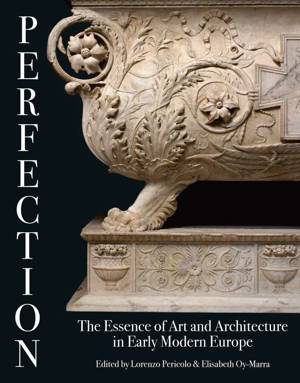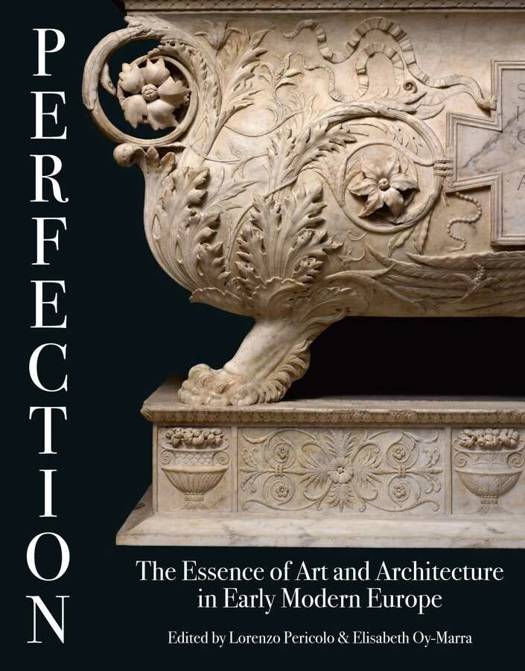
- Afhalen na 1 uur in een winkel met voorraad
- Gratis thuislevering in België vanaf € 30
- Ruim aanbod met 7 miljoen producten
- Afhalen na 1 uur in een winkel met voorraad
- Gratis thuislevering in België vanaf € 30
- Ruim aanbod met 7 miljoen producten
Zoeken
Perfection
The Essence of Art and Architecture in Early Modern Europe
Lorenzo Pericolo
Hardcover | Engels
€ 159,00
+ 318 punten
Omschrijving
Whether a painting, a sculpture, or a building, works of art in early modern Europe must achieve the highest degree of perfection. If in the Middle Ages perfection is mostly perceived as a technical quality inherent in craftsmanship--a quality that can be judged according to often unspoken criteria agreed upon by the members of a guild--from the fifteenth century onwards perfection comes to incorporate a set of rhetorical and literary qualities originally extraneous to art making. Furthermore, perfection becomes a transcendent quality: something that cannot be measured only in terms of craftsmanship. In the Baroque period, perfection turns into obsession as a result of the emergence of historical models of artistic evolution in which perfection is already historically embodied--in the first place, Vasari's investiture of Michelangelo as a universal canon for painting, sculpture, and architecture. This book aims to define, analyze, and reassess the concept of perfection in the arts and architecture of early modern Europe. What is perfection? What makes a work of art unique, emblematic, or irreplaceable? Does perfection necessarily relate to individuality? Is the perfect work connate with or independent from its author? Can perfection be reproduced or represented? How do artists react to perfection? How do post-Vasarian models of art history come to terms with perfection? To what extent perfection in early modern Europe is the matter of rhetoric, literary theories, theology, and even scientific observation?
Specificaties
Betrokkenen
- Auteur(s):
- Uitgeverij:
Inhoud
- Aantal bladzijden:
- 335
- Taal:
- Engels
Eigenschappen
- Productcode (EAN):
- 9782503579795
- Verschijningsdatum:
- 31/10/2019
- Uitvoering:
- Hardcover
- Formaat:
- Genaaid
- Afmetingen:
- 229 mm x 284 mm
- Gewicht:
- 1746 g

Alleen bij Standaard Boekhandel
+ 318 punten op je klantenkaart van Standaard Boekhandel
Beoordelingen
We publiceren alleen reviews die voldoen aan de voorwaarden voor reviews. Bekijk onze voorwaarden voor reviews.











